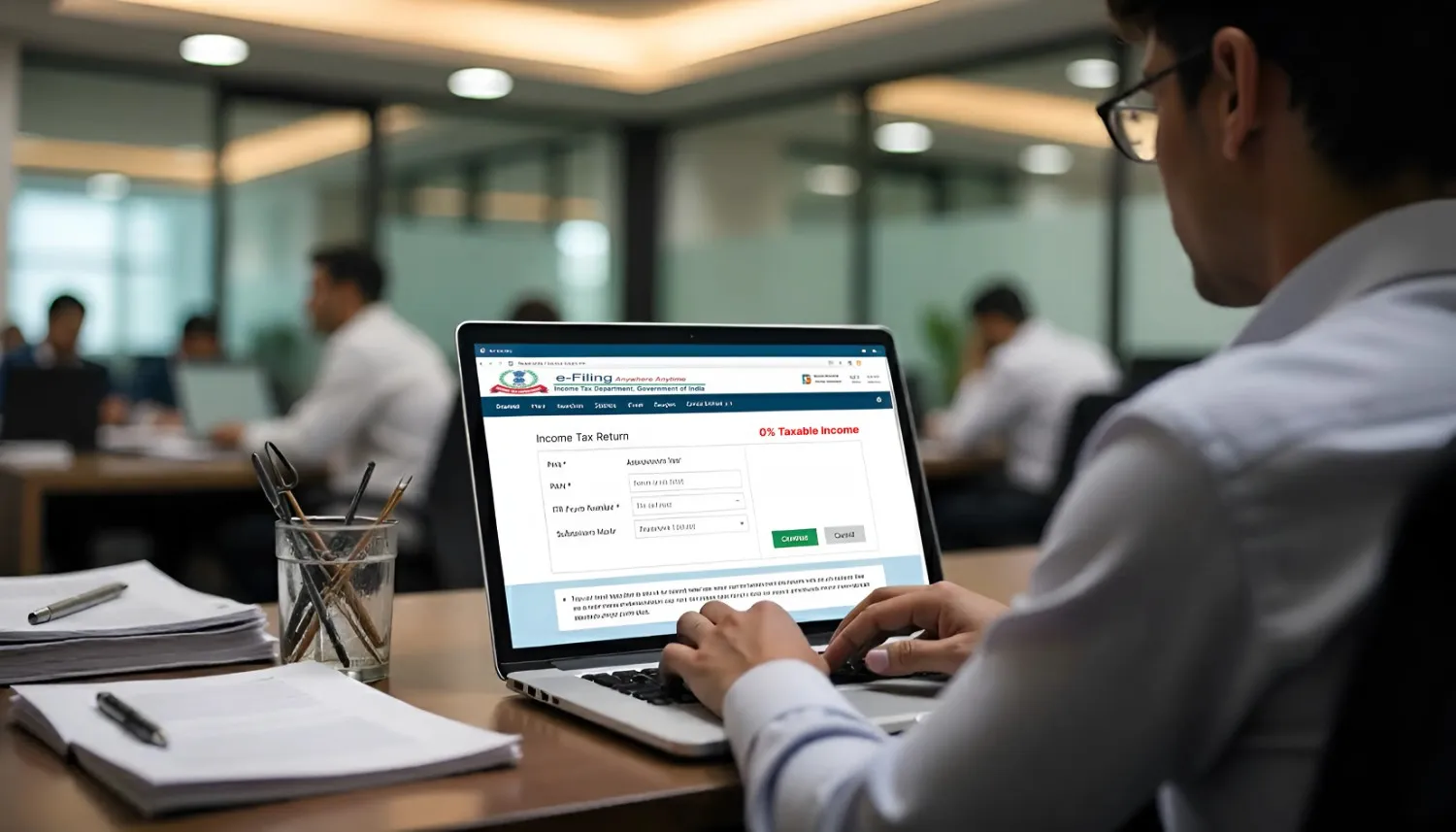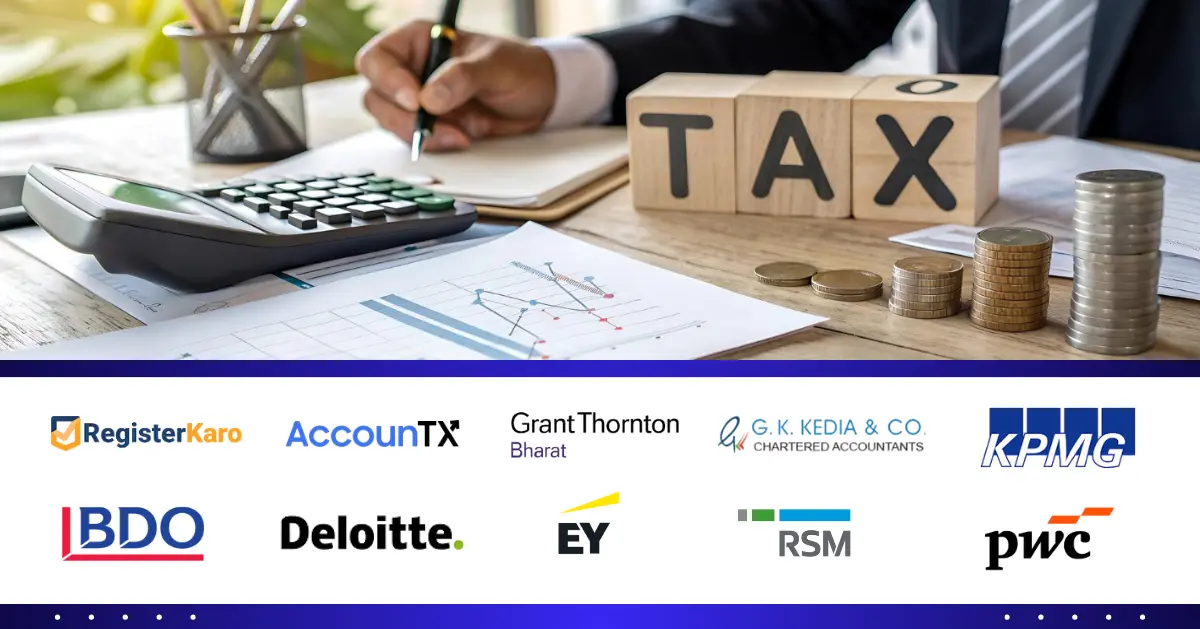
The Income Tax Department introduced Sections 206AB and 206CCA to encourage taxpayers to file their income tax returns on time. These sections impose higher tax deduction and collection rates on individuals who fail to file their ITR. Understanding these provisions can help you avoid unnecessary tax burden and maintain compliance with Indian tax laws.
In light of recent events at the budget 2025 bill, the Finance bill proposed removing Sections 206AB and 206CCA on April 1. This means that businesses will no longer need to verify whether their employees have filed tax returns or not, which is used to determine TDS/TCS rates. This move significantly benefits the business, as it will enhance the overall functioning. But it’s vital to note that TDS/TCS rates will still apply for transactions involving invalid or missing PAN numbers.
What Do Sections 206AB and 206CCA Mean?
This section focuses on deducting more tax from the incomes of those who do not file their income tax returns. You must pay twice the usual TDS rate or 5% of any money that anyone owes you if your ITR is not filed for all required years.
The rules in Section 206CCA include collecting higher Tax at Source (TCS) for the same list of taxable persons. Just like Section 206AB, if you haven’t submitted your ITR, TCS will be applied at twice the usual rate or 5%, whichever is more. The following are some of the key features of this section:
- Apply to individuals who don’t file ITR for consecutive years.
- Impose penalty through higher TDS/TCS rates.
- Aim to improve tax compliance across India.
- Affect various types of payments and transactions.
- It can significantly increase your tax burden.
- Came into effect from July 1, 2021.
Who has been affected by Section 206AB and Section 206CCA?
The focus of these sections is on people who have a lot of money transactions but still do not file their taxes. According to the law, these individuals are identified by their prior filing activities and current transactions. Because you are considered a major taxpayer, you should be filing returns on a regular schedule.
Categories of people affected:
- High-income individuals: Those with substantial TDS/TCS deductions
- Business owners who receive payments subject to TDS
- Property dealers: Involved in real estate transactions
- Commission agents: Earning significant commission income
- Freelancers and consultants: With high professional income
- Investors: Having substantial dividend or interest income
- Non-resident Indians: With Indian source income
Understanding the Higher Tax Rates
The higher tax rates under these sections can significantly impact your finances. Instead of paying the standard TDS or TCS rates, you end up paying much more, which affects your cash flow and overall tax planning.
These higher rates apply to all your transactions until you file the pending returns. However, it is also vital and helpful to know more about Corporate Taxation for a better understanding of the topic. With the help of a table, let’s understand these tax rates better,
| Salary TDS | If the normal rate is 10%, you pay 20%, under section 206AB |
| Professional Fees | Normal 10% becomes 20% or a minimum of 5% |
| Commission Payments | Standard rates double automatically |
| Property Transactions | TDS increases from 1% to 5% |
| Cash Withdrawals | TCS jumps from 2% to 5% |
| Foreign Remittance | Higher TCS rates apply on overseas transfers |
| Purchase of Goods | TCS rates increase significantly for bulk purchases |
When do Sections 206AB and 206CCA Apply?
Section 206AB applicability and Section 206CCA become applicable when specific conditions are met regarding your ITR filing history and tax deduction amounts. The timing of application depends on the assessment year and when you last filed your returns.
If you haven’t filed returns for AY 2019-20 and AY 2020-21, and your total TDS/TCS exceeded Rs, 50,000 in either year, then higher rates apply to your transactions from AY 2022-23.
Conditions for applicability:
- Non-filing period: Haven’t filed ITR for two consecutive assessment years.
- Current transaction: Making payments/transactions subject to TDS/TCS.
- Specified persons: Individual or HUF (Hindu Undivided Family).
- Period: Applicable from July 1, 2021.
How to Avoid Higher Tax Deduction?
Being one of the mandatory procedures of Filing tax returns, avoiding these higher tax rates requires proactive action on your part. The most straightforward way is to file your pending income tax returns immediately and ensure you file future returns on time. This helps easily navigate Section 206AB of the income tax.
Once you file the pending returns, you need to provide a certificate or evidence to the person deducting TDS/TCS. This certificate confirms that you have filed the required returns, and they can then apply normal tax rates instead of the higher rates.
Steps to avoid higher rates:
- File pending ITRs: Complete all pending income tax returns immediately.
- Obtain certificates: Get acknowledgment receipts for filed returns.
- Inform payers: Provide ITR filing proof to all relevant parties.
- Maintain records: Keep copies of all filed returns and receipts.
- Regular filing: File future returns on time to avoid recurrence.
- Professional help: Consult tax advisors for complex situations regarding Section 206CCA of income tax act.
- Digital filing: Use online platforms for quick and easy filing.
Impact on Different Types of Transactions
Compliance check for section 206AB and 206CCA affect various types of financial transactions differently. Understanding the impact on each type helps you plan your finances better and take appropriate action to minimize the tax burden. To know in depth about the impact of TDS on salary, refer to TDS on salary and compliance.
Property transactions face significant impact as TDS rates can jump from 1% to 5%. Similarly, professional service providers see their TDS rates double, affecting their cash flow substantially. Even routine transactions like cash withdrawals from banks attract higher TCS rates.
Transaction-wise impact:
- Real estate deals: TDS increases from 1% to 5% on property purchases.
- Professional services: TDS doubles from standard rates. (typically 10% to 20%)
- Salary payments: Employee TDS rates double if applicable.
- Interest payments: Banks deduct higher TDS on interest income.
- Commission earnings: TDS rates double on commission payments.
- Cash transactions: Higher TCS on cash withdrawals exceeding limits.
- Foreign transactions: Increased TCS on overseas remittances and purchases.
Compliance Requirements for Payers of Section 206AB & 206CCA
People or organizations making payments to non-ITR filers must follow specific compliance requirements. They need to verify the filing status of payees and apply appropriate tax rates based on their ITR filing history.
The payer must check whether the recipient falls under these sections before making any payment. They should ask for ITR filing certificates and maintain proper records to justify the tax rates applied. Failure to comply can result in penalties for the payer as well.
Payer obligations include:
- Verification process: Check payee’s ITR filing status before payments.
- Documentation: Maintain records of verification and certificates received.
- Rate application: Apply correct TDS/TCS rates based on filing status.
- Certificate collection: Obtain ITR filing proof from payees.
- Quarterly returns: Report higher rate deductions in TDS/TCS returns.
- Penalty awareness: Understand consequences of non-compliance.
- System updates: Update accounting systems to handle different rates.
Penalties and Consequences
Non-compliance with these sections can result in various penalties and legal consequences. Both the payer and the recipient can face different types of penalties depending on their role in the transaction.
If a payer fails to deduct higher rates when required, they may face penalties under various sections of the Income Tax Act. Similarly, if you provide false information about your ITR filing status, you could face prosecution for providing incorrect information to tax authorities.
Potential penalties include:
- Interest charges: Additional interest on tax shortfall due to incorrect rates.
- Penalty on payers: Fines for not applying correct TDS/TCS rates.
- Prosecution risk: Legal action for providing false certificates or information.
- Disallowance of expenses: Business expenses may get disallowed for non-compliance.
- Assessment scrutiny: Higher chances of detailed tax assessment.
- Reputation damage: Impact on business relationships and credibility.
- Cash flow problems: Higher tax deductions affect working capital.
Sections 206AB and 206CCA serve as powerful tools to encourage timely ITR filing among Indian taxpayers. While these provisions may seem harsh, they ultimately promote better tax compliance and help the government track high-value transactions more effectively.
Frequently Asked Questions (FAQs)
1. What happens if I file my pending ITR after higher rates have been applied?
Once you file the pending returns, you can provide the ITR acknowledgment to future payers who will then apply normal rates. However, the higher rates already deducted cannot be automatically refunded – you’ll need to claim the excess as refund while filing your current year’s ITR.
2. Do these sections apply to senior citizens and super senior citizens?
Yes, Sections 206AB and 206CCA apply to all individuals, including senior citizens and super senior citizens, if they meet the specified conditions of not filing ITR and having TDS/TCS exceeding INR 50,000.
3. Can I get an exemption if my total income is below the taxable limit?
No, these sections don’t provide exemption based on your total income being below taxable limits. The criteria are based on your ITR filing history and TDS/TCS amounts, regardless of whether you actually owe any tax.
4. What if I filed ITR for one year but missed the other year?
If you missed filing ITR for even one of the two preceding assessment years and your TDS/TCS exceeded INR 50,000 in any of those years, these sections will still apply to you.
5. How do I prove that I have filed my ITR to avoid higher rates?
You need to provide the ITR acknowledgment receipt to the person making payment to you. You can download these documents from the income tax e-filing portal using your login credentials.
6. Do these sections apply to companies and partnership firms?
No, Sections 206AB and 206CCA specifically apply only to individuals and Hindu Undivided Families (HUFs). Companies, partnership firms, and other business entities are not covered under these provisions.
7. What if the person making payment to me refuses to accept my ITR filing proof?
If someone refuses to accept your valid ITR filing proof and continues to apply higher rates, you can file a complaint with the income tax department. You should maintain proper documentation of your attempt to provide the certificate.
8. Can I file a belated return to avoid these higher rates?
Yes, you can file belated returns (even after the due date) to satisfy the ITR filing requirement. Once you file the belated return and receive acknowledgment, you can use it to avoid higher tax rates on future transactions.
9. How is the ₹50,000 TDS/TCS limit calculated?
The 50,000 INR limit is the aggregate of all TDS and TCS deducted/collected in your name during an assessment year. This includes TDS on salary, professional fees, bank interest, and TCS on various transactions – all added together.
10. What should I do if higher rates were wrongly applied to my transactions?
If higher rates were wrongly applied, first ensure you have proper documentation proving your ITR filing status. Then approach the payer with your proof. If the issue persists, you can claim the excess tax as a refund while filing your ITR and also report the matter to the tax authorities if necessary.




